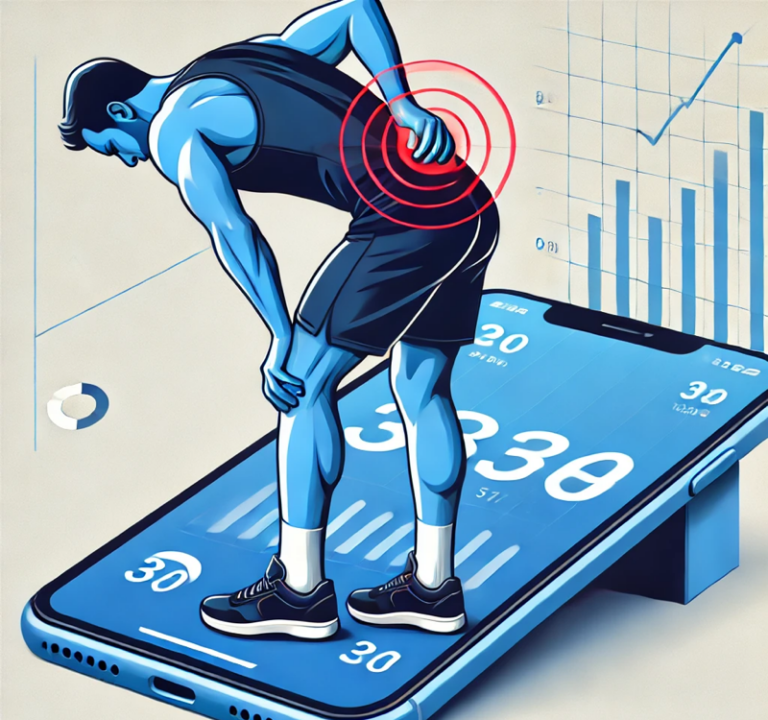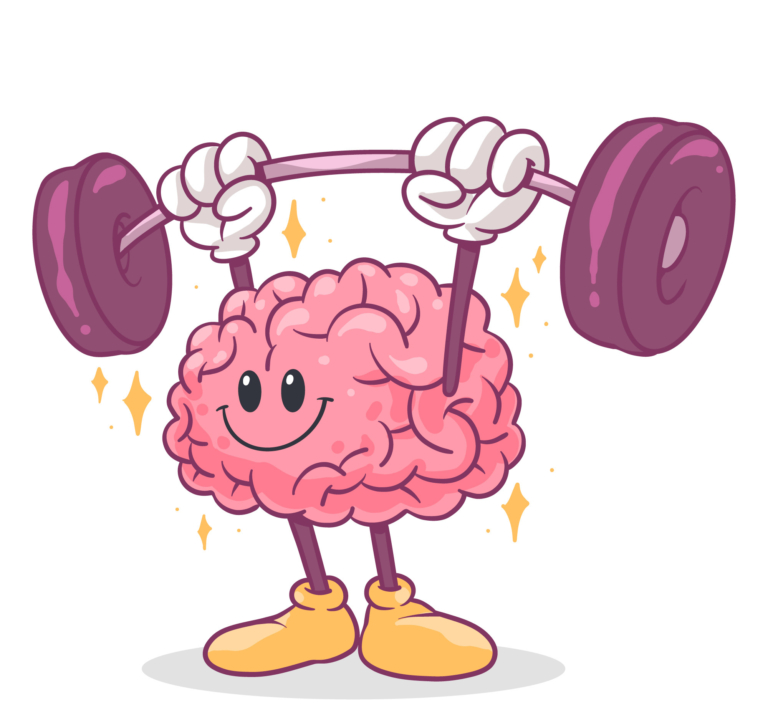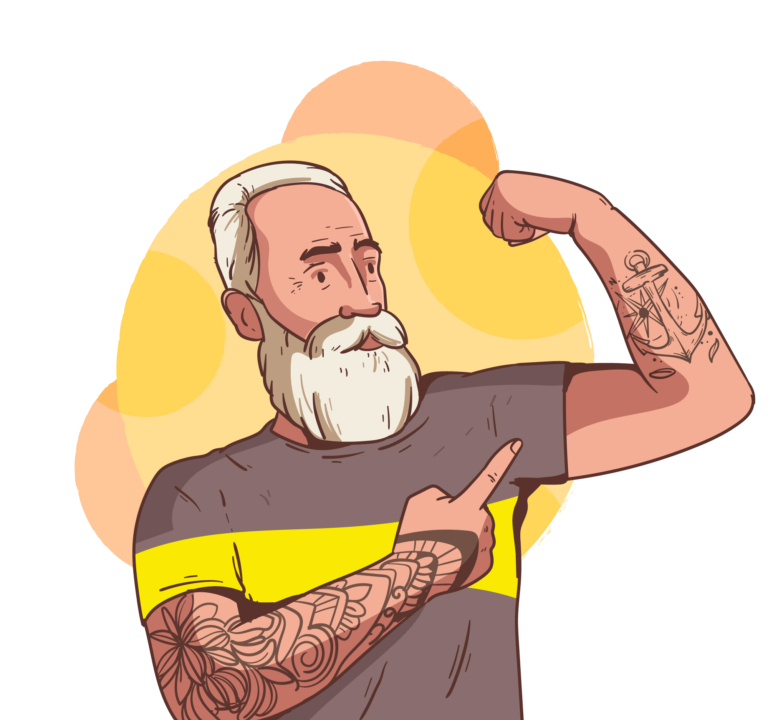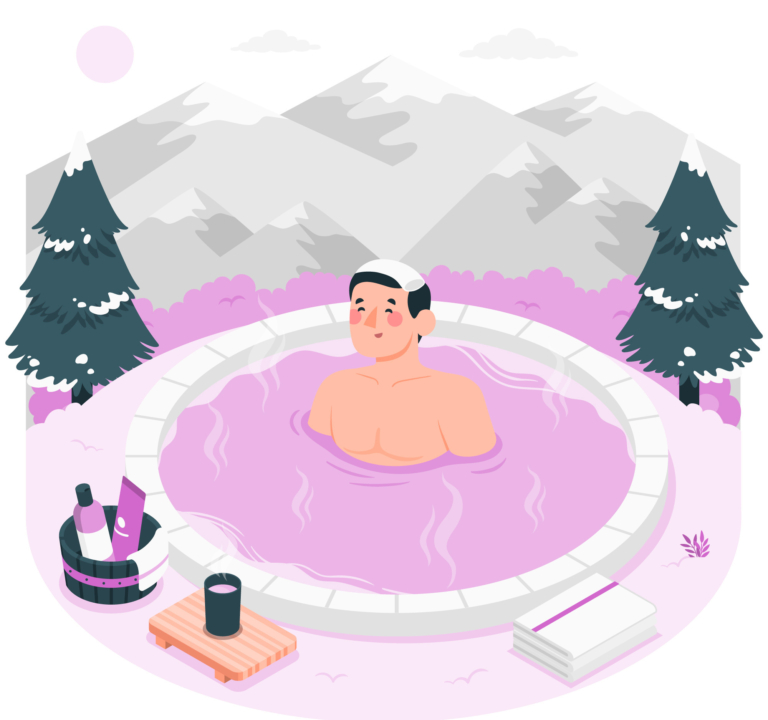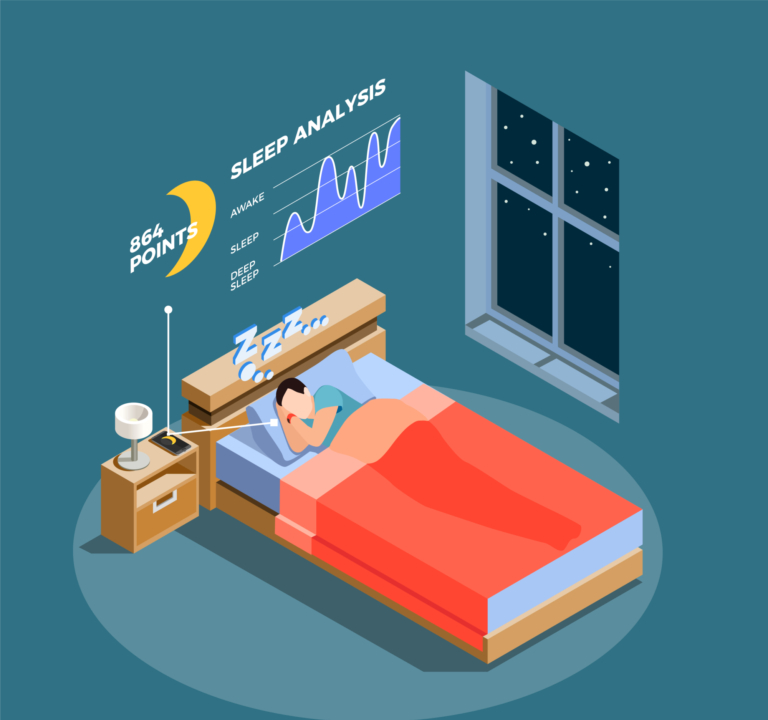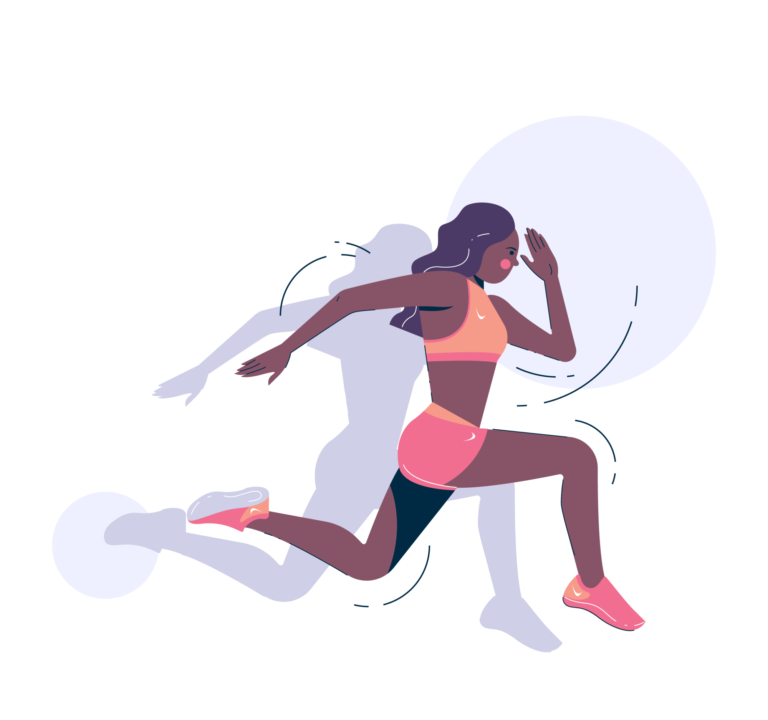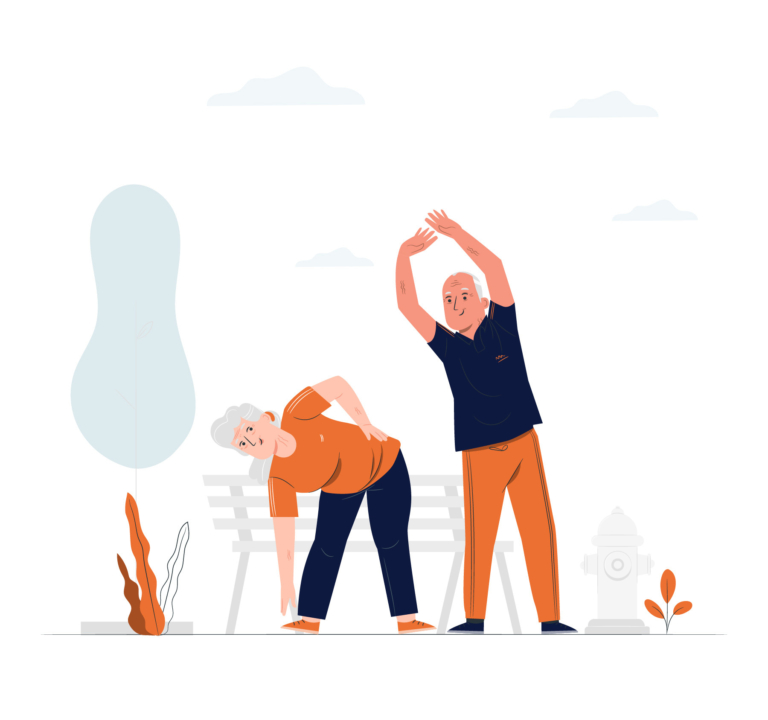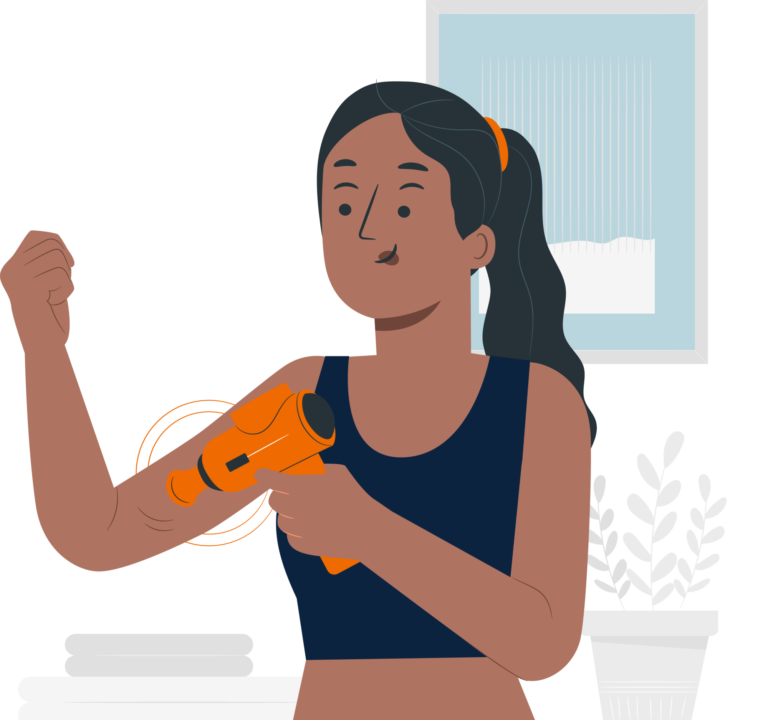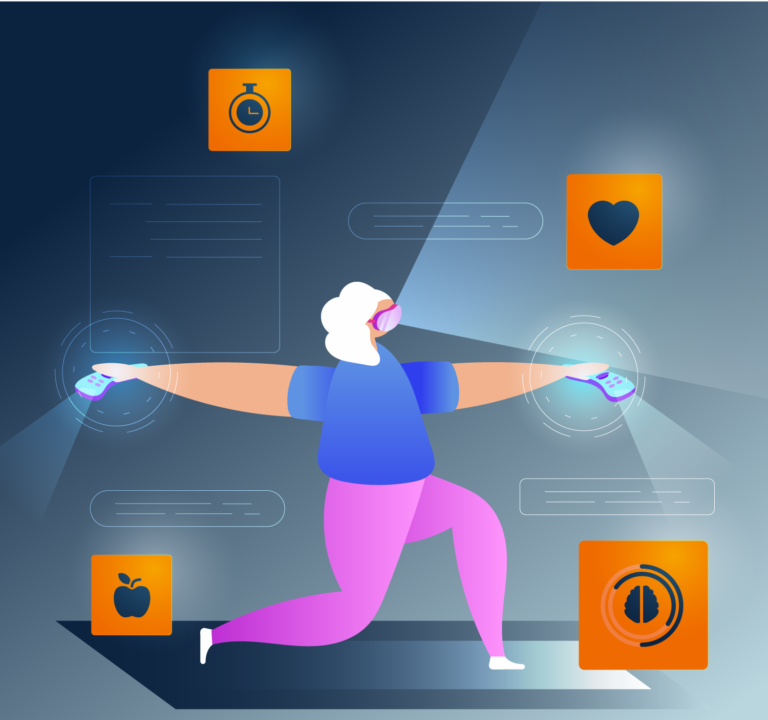HEAT UP!

But when used strategically, heat becomes a powerful catalyst of resilience, performance, and healthspan.
Let’s explore how heat delivers at scale.
Heat: The Wise Man’s Altitude
Altitude training has long been the gold standard for endurance athletes. But climbing to 7,000 feet isn’t exactly convenient or accessible.
Instead of looking up, a growing number of coaches, athletes and fitness enthusiasts of all levels are now turning to heat as a performance unlock.
Saunas, hot tubs, and heat suits provide a convenient path to unlock performance gains exceeding those achieved at altitude – or in cold plunges.
Here's how spending time in a hot environment makes for faster, stronger, and more resilient individuals.
Three system upgrades
Controlled heat exposure activates a cascade of adaptations similar to those triggered by high-altitude hypoxia – sharing molecular drivers like hypoxia-inducible factors (HIFs) and heat shock proteins (HSPs).
Together, they drive upgrades across:
- Oxygen transport - Heat exposure leads to increased plasma volume and EPO-like responses – boosting red blood cell count and oxygen-carrying capacity – crucial for endurance and aerobic performance.
- Cardiorespiratory efficiency - Repeated heat exposure lowers heart rate at a given intensity and improves cardiac output.
- Thermoregulation - Adaptation improves sweat response and electrolyte retention, helping prevent overheating and cramping during prolonged effort.
The benefits?
Endurance - Short-term heat exposure boosts oxygen uptake (linked to VO2 max) by 5–8% and improves time-trial power output by 6–8% – adaptations normally seen after weeks of altitude or hypoxic training.
Strength - While human studies are still limited, heat appears to improve muscle blood flow and nutrient delivery, supporting hypertrophy, reducing muscle breakdown, and easing post-exercise soreness. Heat also speeds up muscle regeneration after injury.
Healthspan - HSPs increase cellular resilience, support mitochondrial function, reduce inflammation, and may offer neuroprotective effects. In the context of longevity, heat acts as a hormetic stimulus - offering cardiometabolic conditioning without the wear and tear of mechanical training.
Bonus - Heat provides a competitive edge by improving acclimation to warm conditions – and, with proper care routines, may also benefit skin health by boosting circulation, promoting sweat-driven detoxification, and supporting cellular repair.
In short: heat training builds a more efficient engine to last.
Heat Checks Many Boxes
✓ Science-backed
Heat training has a solid and growing scientific foundation, showing more consistent benefits across different individuals and contexts compared to cold plunges and altitude exposure.
✓ Broad appeal
Cold plunges and cryo chambers have saturated the recovery market. Unlike cold, which mainly aids recovery but blunts strength and endurance gains – heat delivers across performance, recovery, and longevity. It’s more enjoyable and easier to tolerate, making adherence more likely.
✓ Untapped opportunities
Heat isn’t just a niche hack for elite endurance. First adopted by elite athletes and first movers, it’s now being noticed by everyday fitness and wellness seekers, who represent a sizable market.
✓ Accessible and Scalable
No need for a mountain retreat, costly hypoxic chambers or high-maintenance cold plunges – heat’s convenience makes it inherently scalable. At-home options like infrared blankets, hot tubs, and heat suits are bringing heat within everyone’s reach.
✓ Tech-enabled
Wearables like CORE body sensor – used in-competition by pro cycling and Olympic team – and BodyCap ingestible eCelsius pills allow athletes to track core temperature and manage thermal load in real-time. Meanwhile, digital training platforms are slowly integrating ambient and core temperature data to adjust training loads and adapt training intensities.
Turning Up the Heat – But by How Much?
The why behind heat is clear, the timing is now – but the how is still evolving.
While there’s no consensus playbook to heat training – yet, patterns are emerging among athletes and coaches. Here are some guiding principles:
- Dry, humid or infrared saunas are all valid tools – each delivering different thermal loads. As a general rule, lower heat loads require longer sessions to produce comparable effects.
- Hot water immersion may even outperform traditional saunas.
- The goal: raise core body temperature to 38.5°C, threshold for key adaptations.
- Aim for sessions feeling around 8 out of 10 on your personal heat scale – intense but sustainable. Prioritize perceived effort over pre-set intensities when training in warm environments.
- Hydration matters. Replace 1.5x the fluids lost, and include electrolytes and carbohydrates as primary energy sources.
Heat Is Hot - But Underbuilt
Heat may be the most accessible tool in the performance and wellness arsenal.
Yet, some fitness and wellness stakeholders remain hesitant to invest time and efforts in modalities they view as outside their core. That’s a misread. Heat isn’t a distraction – it’s a force multiplier, and franchises like Perspire, Sweathouz, or Hotworx are proving heat drives differentiation, demand and loyalty.
The equation is simple: heat beats altitude and cold.
It scales faster, requires less infrastructure and energy, appeals to a broader audience, and delivers compounding benefits across performance, recovery, and healthspan.
Athletes should train with it. Operators should build around it. Investors should be backing it.
In our view, the next wave of performance and wellness innovation is heat—and it’s just beginning to rise.








